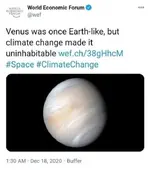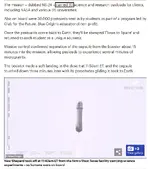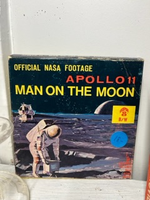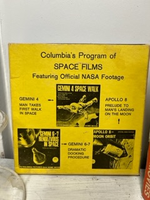Thanks for sharing this. This from part 1 is the first nibble of the red pill. Wow:
"Consider this peculiar fact: in order to reach the surface of the Moon from the surface of the Earth, the Apollo astronauts would have had to travel a minimum of 234,000 miles*. Since the last Apollo flight allegedly returned from the Moon in 1972, the furthest that any astronaut from any country has traveled from the surface of the Earth is about 400 miles. And very few have even gone that far. The primary components of the current U.S. space program – the space shuttles, the space station, and the Hubble Telescope – operate at an orbiting altitude of about 200 miles.
(*NASA gives the distance from the center of Earth to the center of the Moon as 239,000 miles. Since the Earth has a radius of about 4,000 miles and the Moon’s radius is roughly 1,000 miles, that leaves a surface-to-surface distance of 234,000 miles. The total distance traveled during the alleged missions, including Earth and Moon orbits, ranged from 622,268 miles for Apollo 13 to 1,484,934 miles for Apollo 17. All on a single tank of gas.)
To briefly recap then, in the twenty-first century, utilizing the most cutting-edge modern technology, the best manned spaceship the U.S. can build will only reach an altitude of 200 miles. But in the 1960s, we built a half-dozen of them that flew almost 1,200 times further into space. And then flew back. And they were able to do that despite the fact that the Saturn V rockets that powered the Apollo flights weighed in at a paltry 3,000 tons, about .004% of the size that the principal designer of those very same Saturn rockets had previously said would be required to actually get to the Moon and back (primarily due to the unfathomably large load of fuel that would be required).
To put that into more Earthly terms, U.S. astronauts today travel no further into space than the distance between the San Fernando Valley and Fresno. The Apollo astronauts, on the other hand, traveled a distance equivalent to circumnavigating the planet around the equator nine-and-a-half times! And they did it with roughly the same amount of fuel that it now takes to make that 200 mile journey, which is why I want NASA to build my next car for me. I figure I’ll only have to fill up the tank once and it should last me for the rest of my life."






